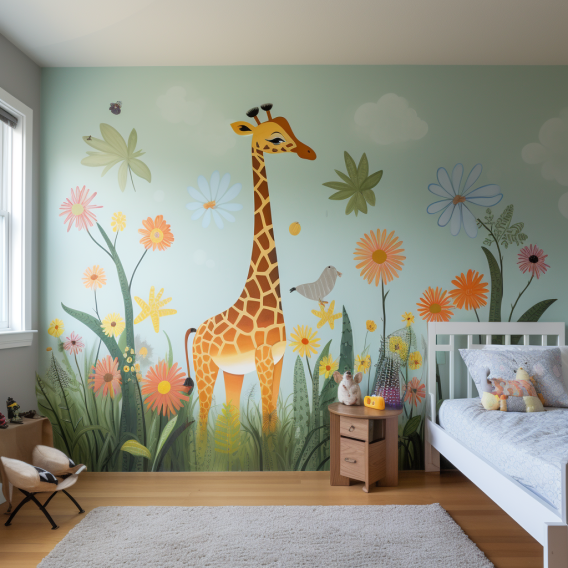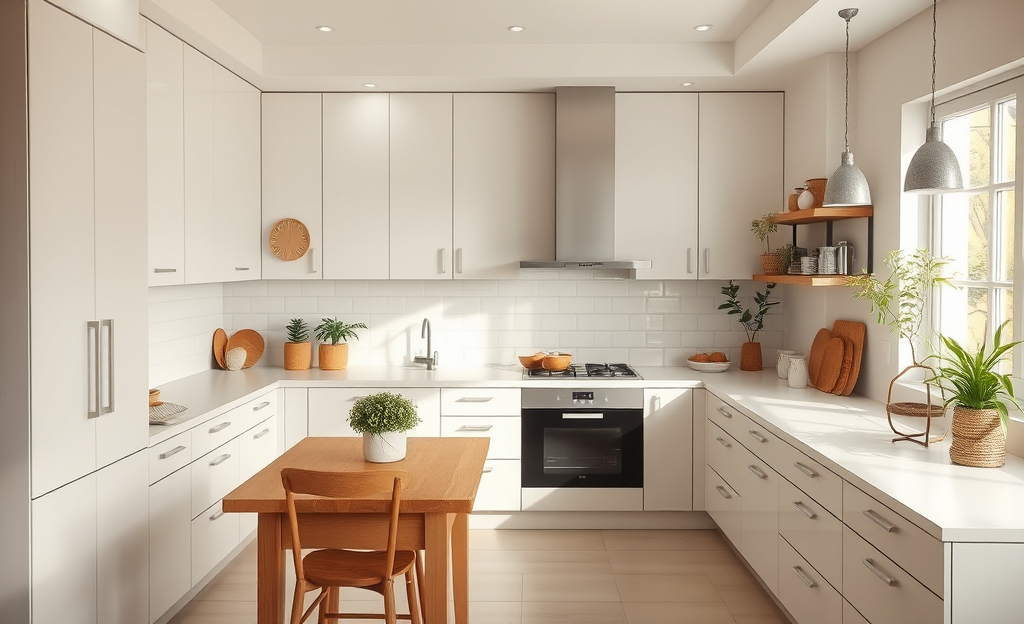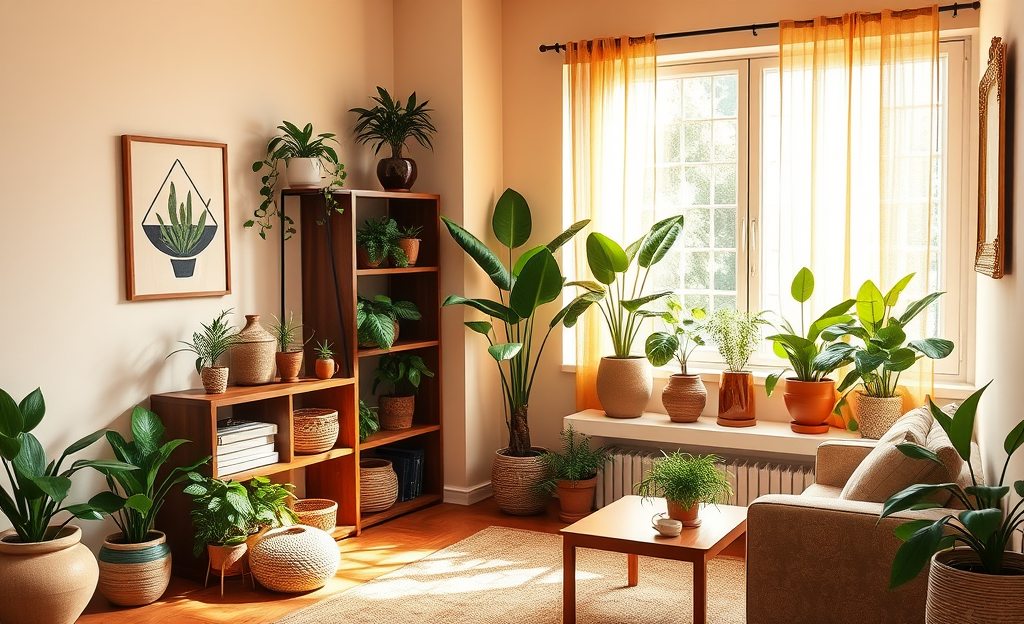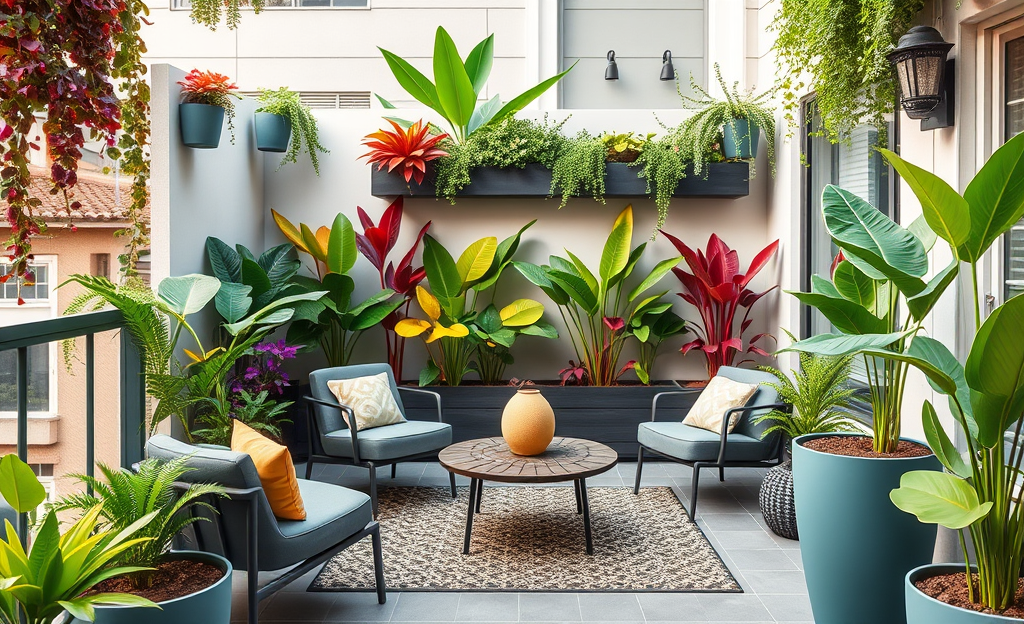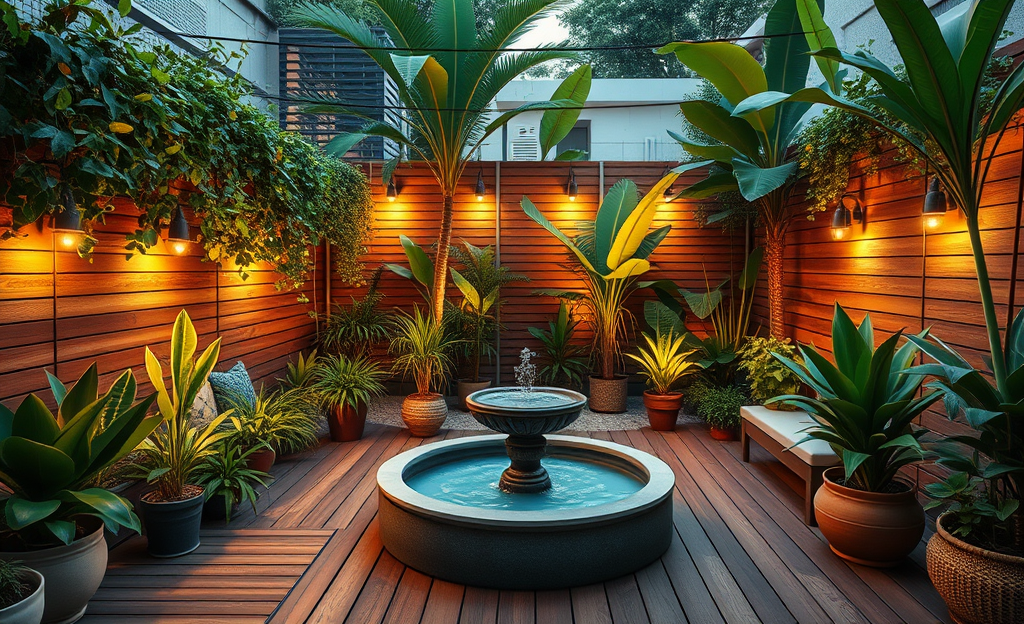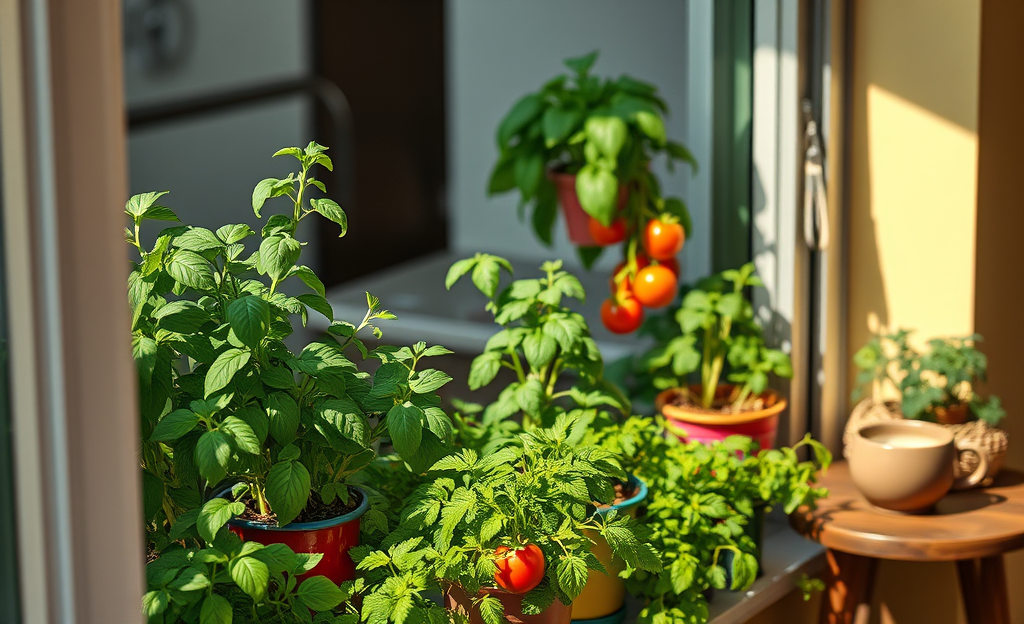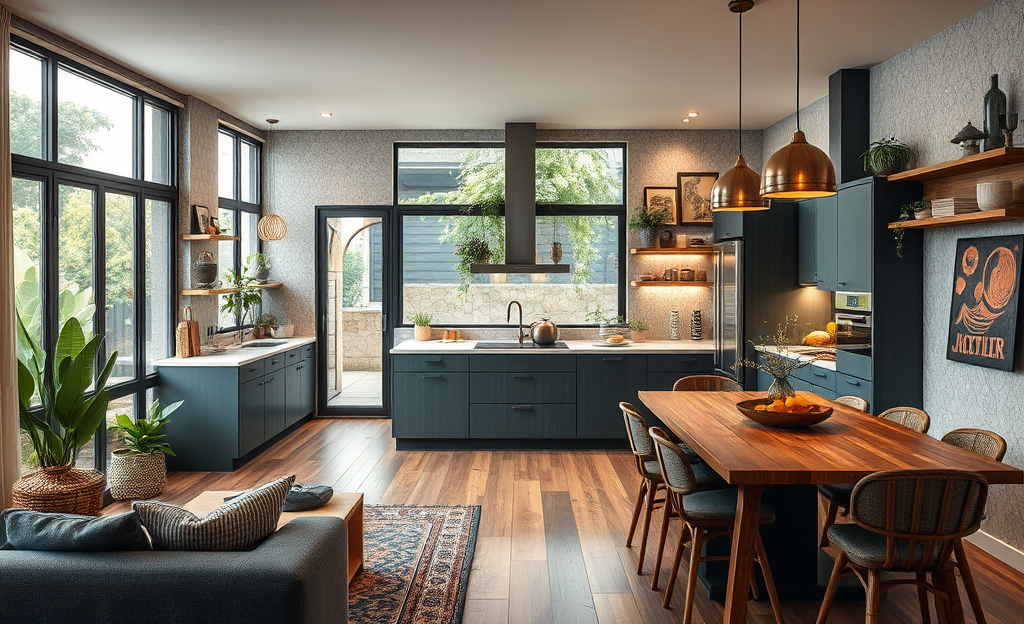
Maintaining an organized and clutter-free kids’ room is a challenge that many parents face. However, with the right strategies and storage solutions, you can create a tidy and functional space that encourages your child’s independence and creativity. Here are some tips and ideas for organizing kids’ rooms:
- Declutter Regularly: Start by going through your child’s belongings together. Sort items into three categories: keep, donate, and discard. Donate toys and clothes that are no longer needed, and dispose of broken or unusable items.
- Use Storage Bins: Invest in clear plastic storage bins or colorful fabric bins with labels. These are perfect for organizing toys, art supplies, and small items. Labeling helps kids find and return items to their proper places.
- Under-Bed Storage: Utilize the space under the bed for storage. You can use shallow bins or drawers to store items like shoes, seasonal clothing, or extra bedding.
- Bookshelves: Install wall-mounted bookshelves at a child-friendly height. Display books with their covers facing out to make it easier for kids to choose their bedtime stories.
- Floating Shelves: Floating shelves are versatile and can be used to display trophies, framed artwork, or collectibles. They add a decorative touch while keeping surfaces clutter-free.
- Closet Organizers: Maximize closet space with shelves, hanging organizers, and hooks. Use labeled bins or baskets for shoes, hats, and accessories. Adjust the height of closet rods as your child grows.
- Toy Rotation: Implement a toy rotation system. Store some toys in bins or boxes and rotate them every few weeks. This keeps the room from becoming overcrowded and makes old toys feel new again.
- Wall Hooks: Install wall hooks or pegs for hanging backpacks, hats, and jackets. Teach your child to hang up their belongings when they come into the room.
- Desk and Homework Zone: Create a dedicated homework area with a desk and storage for school supplies. Ensure good lighting and provide a comfortable chair.
- Label Everything: Label drawers, bins, and shelves to help kids identify where items belong. Use words or pictures, especially for younger children.
- Over-the-Door Storage: Over-the-door organizers can hold shoes, small toys, or art supplies. They are a great space-saving solution.
- Art Supply Station: Organize art supplies in clear containers or caddies. Make sure there’s a designated area for art projects with easy access to paper, crayons, markers, and other creative materials.
- Clothes Folding: Teach your child how to fold and put away their clothes. Lower drawers can be used for easy access to pajamas, underwear, and socks.
- Personalized Labels: Consider personalized labels or name tags for your child’s belongings. This helps them take ownership of their space and responsibilities.
- Use Vertical Space: Install hooks, pegboards, or wall-mounted organizers for items like hats, scarves, or even stuffed animals. This makes use of vertical space and keeps clutter off the floor.
- Rotate Wall Art: Display your child’s artwork on a rotating art wall. Showcase their latest masterpieces, and then switch them out as new ones are created.
- Laundry Routine: Establish a laundry routine that involves your child. Teach them to sort their dirty clothes into hampers and put away clean clothes.
- Teaching Responsibility: Encourage your child to take responsibility for their space. Set up a simple chore chart or checklist to help them stay organized.
- Safety First: Ensure that heavy or tall furniture is securely anchored to the wall to prevent accidents.
- Periodic Check-Ins: Periodically review and declutter together. As your child grows, their interests and needs change, so it’s essential to adapt the room’s organization accordingly.
By implementing these organization strategies and involving your child in the process, you can create a functional and clutter-free kids’ room. Teaching them the importance of staying organized sets a valuable lifelong skill while keeping the space enjoyable and stress-free for everyone.

